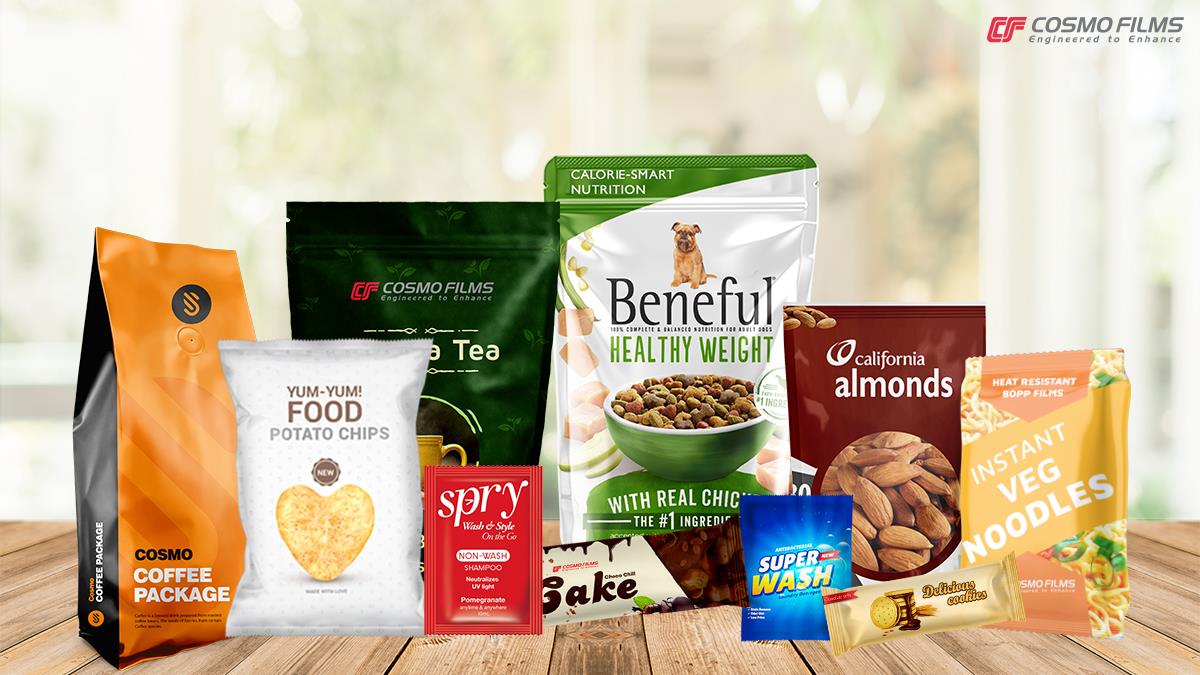Today, flexible packaging has become the lifeline of the food and beverage industry being used in various forms including stand-up or lay-down pouches, sealable zip-lock pouches and so on. Flexible packaging has made the handling of perishable products easier than ever, drastically reducing the chances of spoilage and enhancing their shelf life. Its benefits do not limit to the functional values but rather extend to adding an aesthetic appeal to the packed product. Competing in a customer-centric market, brands need to ensure that their design ticks multiple checkboxes including factors like user-friendliness, brand identification, quality and so on. This not only requires choosing the right packaging material but also the right printing process. Scroll down to know more about the printing processes for flexible packaging.
PRINTING RECOMMENDATION
Flexography
A widely used printing technology, flexography technique employs a flexible plate rather than a solid one. It is compatible with flexible packaging including plastics and stand-up pouches. Flexography printing brings your text, graphic and images to life when used on such non-porous materials.
Digital Printing
An inkjet-based print method, this technique allows images and graphics to be printed directly on the substrate. It enables the printing of dynamic and variable content to target a dynamic audience. It also makes the process faster, inventory requirement lower and reduces waste production by eliminating the need for cardboard inserts or labels.
Rotogravure
Utilizing a rotatory print technique, Rotogravure is a method that first requires the engravement of graphics onto a cylinder, plate or any other substance. It is then transferred to the final substrate. It’s widely used for industrial applications (however not limited to it) in commercial printing of stand-up pouches, newspapers, magazines, etc.
Lithography
Lithography is an oil-based method of printing which is used for artistic applications in the print industry. Although suitable, it’s not popularly used for printing of flexible packaging materials but rather used commonly for label printing. These labels are later applied to these flexible packs for institutional purposes like shipping.
Conclusion
The printing technique that one decides to use depends on multiple factors like budget, design, images, and graphics. We at
Cosmo Films, being a trusted partner in innovation, make sure that your number of options to choose from does not face the limitation of an incompatible material substrate. Thus, our experts have crafted a range of premium flexible packaging films that are suitable with multiple printing methods. These films are available in variants like transparent, metalized, pearlized, opaque and more so that you can design your product in a user-friendly manner that reflects the essence of your brand.
